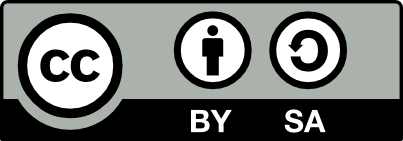Code of Dietel et al.: "Combined impacts of temperature, sea ice coverage, and mixing ratios of sea spray and dust on cloud phase over the Arctic and Southern Oceans", submitted to Geophysical Research Letters
Scripts to train a machine learning model (Histogram based gradient boosting regression with scikitlearn) and calculate SHapley Additive exPlanation (SHAP) values
The machine learning model can predict the liquid fraction in different cloud types based on four parameters, namely the cloud top temperature, the sea ice concentration, the dust mixing ratio and the sea salt mixing ratio. More information on the used dataset can be found here: Dietel et al. 2023
Bash-scripts
The bash scripts are used to run the python scripts for different cloud types and regions on a cluster. bash-scripts starting with GBR_[...] (Gradient Boosting Regression) run the python-script hist_gbr_subset_final2_with_comments.py for different regions (Arctic Ocean (AO), Southern Ocean (SO)) and different cloud types (low-level, mid-level,mid-to-low-level). bash-scripts starting with ***shap_values_***[...] run the python-script shap_values-subset-final2_with_comments.py to calculate SHAP values based on the trained machine learning models for a 500 000 sample subset of the validation dataset.
Python scripts
hist_gbr_subset_final2_with_comments.py Python script to train the a Histogram-based Gradient Boosting Regression model using the scikitlearn python package. More detailed information can be found as comments in the scripts. shap_values-subset-final2_with_comments.py Calculates SHAP values for a 500 000 sample subset of the validation dataset to make the machine learning model explainable. More detailed information can be found as comments in the scripts.
machine learning
Histogram based gradient boosting regression
cloud phase
Andersen, Hendrik https://orcid.org/0000-0003-2983-8838
Cermak, Jan https://orcid.org/0000-0002-4240-595X
Stier, Philip
Hoose, Corinna https://orcid.org/0000-0003-2827-5789
Views
Downloads
